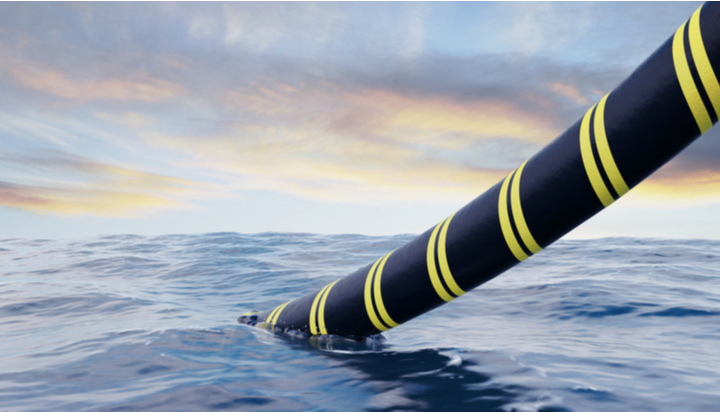MikeInWimbledon
Hardcore MB Enthusiast
- Joined
- Nov 8, 2014
- Messages
- 11,999
- Car
- (Ex S211 E500, W212 E500, C216, S212 E500, W211 E500 5.5, W221 S500, S211 E500, SL500, S500, E55)
As I said, Bank holiday usage is HALF that of normal daily car mileage. The clue is in the name.Pedant.
Holidays = car use. End of.
How many miles are driven on a long bank holiday? 1.4 billion miles
How many miles are driven on a normal four day period by our 34 million cars? 2.6 billion miles. (238 billion miles pa)
Bank holidays can create a temporary peak driving into Walton on the Naze. That means nothing in terms of overall energy consumption
https://www.directlinegroup.co.uk/e...-22-million-people-to-hit-the-roads-this.html
Last edited:





